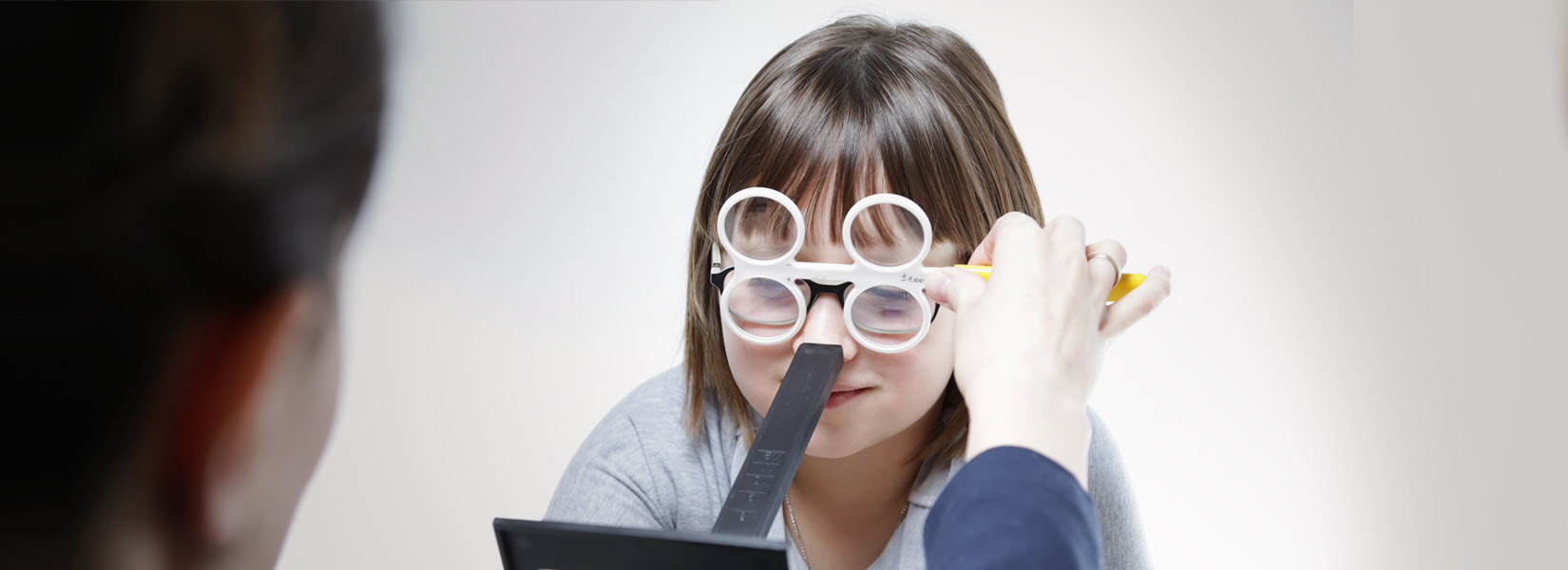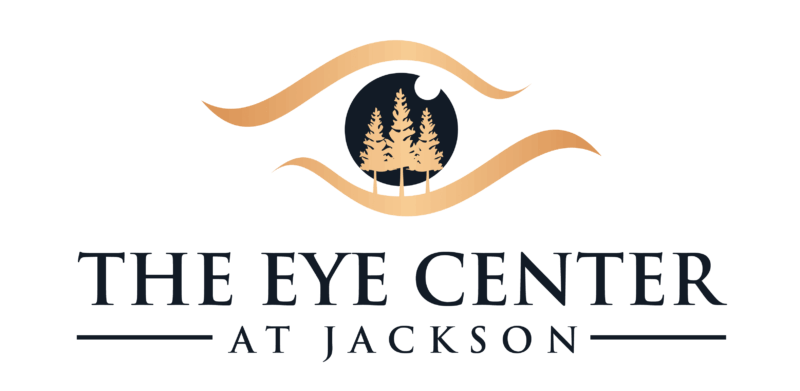
Poor visual skills can obstruct one's ability to succeed in school, work and sports. If you have not heard of the term "visual skills" before, a fun way to understand this idea is to imagine a new sports car, but with a small 4 cylinder engine. The small engine represents a person with poor visual skills. This car might look great from the outside, but will most likely not perform very well on the race track.
For instance, children with poor vision skills may be bright—yet something is holding them back. They may work harder than their peers, yet still be unable to achieve the results they seek. Their poor vision skills may also cause them to struggle to concentrate throughout the day.
Vision therapy can effectively develop the specific vision skills holding children back, thus offering the best opportunities to increase reading levels, enhance comprehension, maintain longer attention spans and even improve sports performance.
How Does Vision Therapy Work?
Vision Therapy trains our eyes and brain to work together.
You might be surprised to learn that the visual system is made up of the eyes and the brain – and it’s how these two parts work together that makes all the difference.
The ability for the brain and eyes to work together has a significant impact on the learning process in both children and adults. Whether reading words on the board, in a book, catching a ball, or even just maintaining attention throughout the day, children rely on this brain/eye interaction to function effectively in order to succeed in school and in sports.
Vision therapy develops and enhances the fundamental visual skills and abilities, which leads to increased visual comfort and enhanced information processing. When the eyes and brain learn to work together as a team, visual function improves, and struggles in the classroom are alleviated.

The Vision Therapy Process
The program is made up of a series of visual exercises carefully tailored to the patients' visual needs. As part of the therapeutic process, vision therapists turn to various tools, such as specialized lenses, prisms, patches, filters, balance boards, and digital simulations to train the eye-brain connection. Each treatment session takes place at the office once or twice a week under the supervision of the eye doctor.
There are several areas where vision therapy can help
- Reading Below Grade Level
- ADD/ADHD & Learning Problems
- Sports
- Problems with Binocular Vision - Eye Teaming/ Eye Tracking/ Depth Perception
- Amblyopia (Lazy Eye)
- Strabismus (Eye Turn)
- Brain Injury, Concussion & Strokes
- Special Needs - Autism Spectrum Disorders (ASD) and Developmental Delays
- Convergence Insufficiency (CI)
What Are Some Vision Therapy Benefits?
Success & confidence building
Developing visual skills can lead children to become better learners and students. In fact, vision therapy can be a key component in preparing a child for higher education, as increased success can lead to a rise in self esteem and greater confidence in one's abilities. This newfound confidence will inevitably trickle into other areas, positively impacting the youngster's quality of life and achievements.
Better alternative to surgery
Surgery is usually limited to correcting eye turns by adjusting eye muscles. However, vision therapy is often the preferred treatment method as it gets to the root of the problem without any added risks or side effects. If surgery is the chosen treatment method, vision therapy can be provided in conjunction — prior to and following the procedure— to optimise outcomes.
To determine the most suitable treatment for your patient, book a consultation with a certified vision therapist, who will be happy to answer any questions you may have.
How Do I Know If a Child Needs Vision Therapy?

The list below may signal that a patient may need vision therapy:
- Skipping words or lines while reading
- Mixing similar words, such as ‘was’ and ‘saw’
- Confusing the letters b, d, p and q
- Rubbing eyes or closing one eye when reading or doing near work
- Holding books too closely or tilting head when reading
- Eyestrain or headaches with school work or computer use
- Difficulty with reading comprehension
- Blurred or double vision when reading
- Avoiding homework
- Poor attention span
- Fidgeting and squirming in the chair
Isn't 20/20 Vision Enough?
If a child has been told that they have ‘20/20 sight’, it means that they can clearly see the letters on the chart 20 feet away. The child may excel in reading the letters on the vision charts on the wall, yet lack the necessary visual skills needed for reading, writing, and learning — all of which can adversely impact their performance in school and in sports.
Keep in mind that school screenings, and even some regular eye exams, generally evaluate sight (visual acuity) only and most do not assess the essential vision skills required for sports, extensive computer use, reading and learning. Furthermore, it is common to not need glasses and still have poor visual skills. Therefore, a functional vision exam will determine whether a child or adult has poor visual skills, and if so, a tailor-made vision therapy program will be put in place to help the patient succeed and reach their potential.
How Long Does It Take to See Results?
Results depend on the child's active participation and compliance with the program. Overtime, the more one trains their brain, the easier and more automated the exercises will become. Gains can be experienced from as little as a few weeks to six months.
Credits to the original link: https://www.visiontherapycanada.com/vision-therapy/what-is-vision-therapy/
